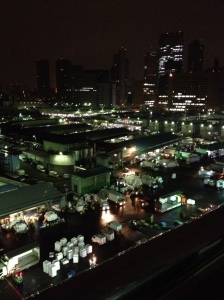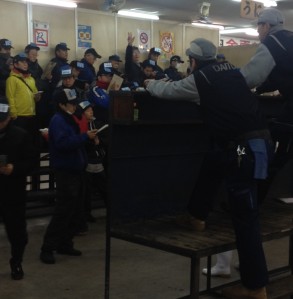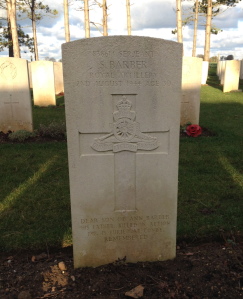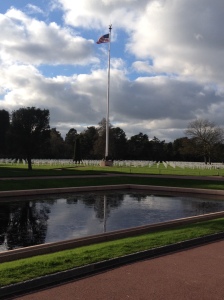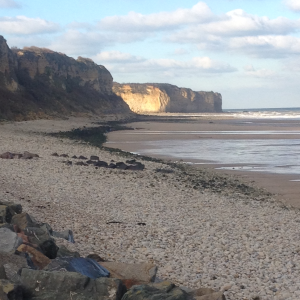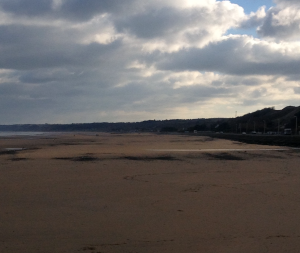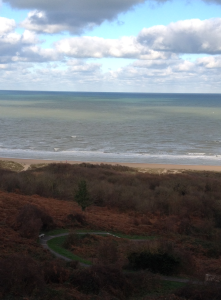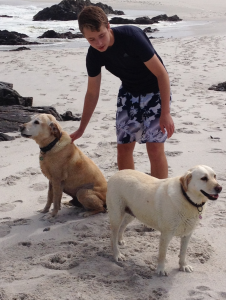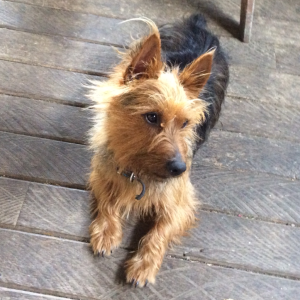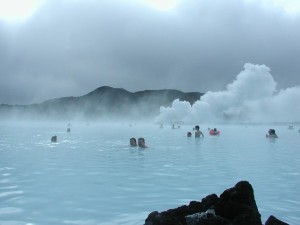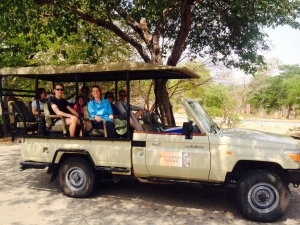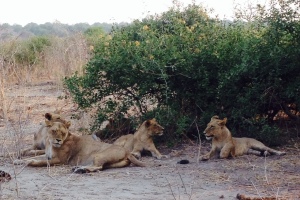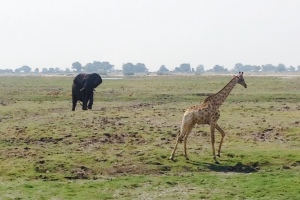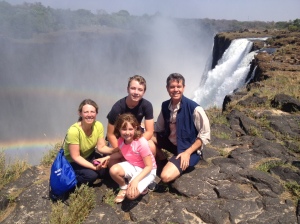When the alarm sounded at 1:30 AM, the street outside our Tokyo apartment was quiet. After having coffee and toast, my wife and I woke our children around 2:00 to get ready to travel to Tsukiji, the world-famous fish market. We found a taxi around 2:30 and twenty minutes later, we met Mr. Naoto Nakamura, our excellent guide for a wonderful tour of Tsukiji.

If you consult lists of must-see things to do while in Tokyo, you will find “Tsukiji Tuna Auction” on nearly every list. Tsukiji is said to be the world’s largest fish market, and 50,000 people come here six days a week to buy and sell seafood and produce. And, eager tourists wander the market to glimpse the amazing spectacle. Rather than wander, however, we were guided by a true expert.
Thanks to Mr. Nakamura (or Nick as he asked us to call him), who worked at the market for many years and now leads early-morning tours of Tsukiji, we saw amazing sights and learned previously unknown facts about seafood, auctions, and commerce in this part of Tokyo.
The highlight of the market is the tuna auction, and we saw both fresh and frozen tuna ready for auction. The largest tuna up for auction on the day of our visit weighed 164 kilograms (about 362 pounds). Prior to the auctions, bidders inspect the fish to evaluate quality and determine the price they will pay as they seek to satisfy their customers.
Besides the tuna, there are all manner of seafood including umi (sea urchin, a particular delicacy in Japan), eels, flounder, squid, and many more. Fugu or blowfish (the famous or infamous Japanese fish that can be deadly if you eat a toxic portion) is for sale, and Nick says it tastes like chicken. Hundreds of kinds of seafood from all around the world are sold at Tsukiji.
As we walked around the market between 3:00 and 5:00 AM with bleary eyes, some workers were pausing for their lunch, having already worked the bulk of their day. Activity slows dramatically by 9:00 AM, and nearly everything is finished by 11:00.
After a wonderful tour, Nick provided suggestions for a sushi restaurant very close to the market. He took us to the door, introduced us to the staff, and helped us order. Then, he bade us farewell as we entered to have sushi for breakfast. The fish was delicious, the green tea plentiful, the wasabi pungent, and the pickled ginger spicy. It was a wonderful ending to a fantastic tour! Our family will long remember our sushi breakfast, our tour of Tsukiji, and our fantastic morning with Mr. Naoto Nakamura.
We returned to our apartment very, very glad we experienced Tsukiji. And, after a nap, we were ready to explore more of Tokyo.
Was it early to rise? Yes. Was it worth it? Absolutely, yes!


